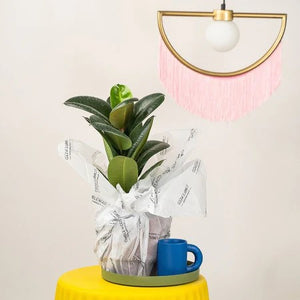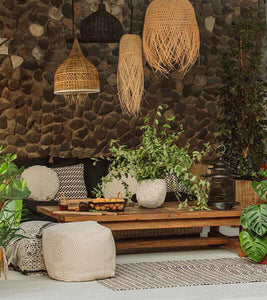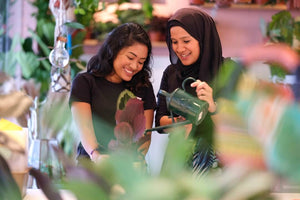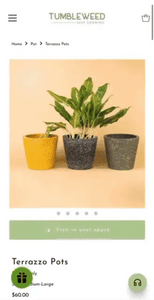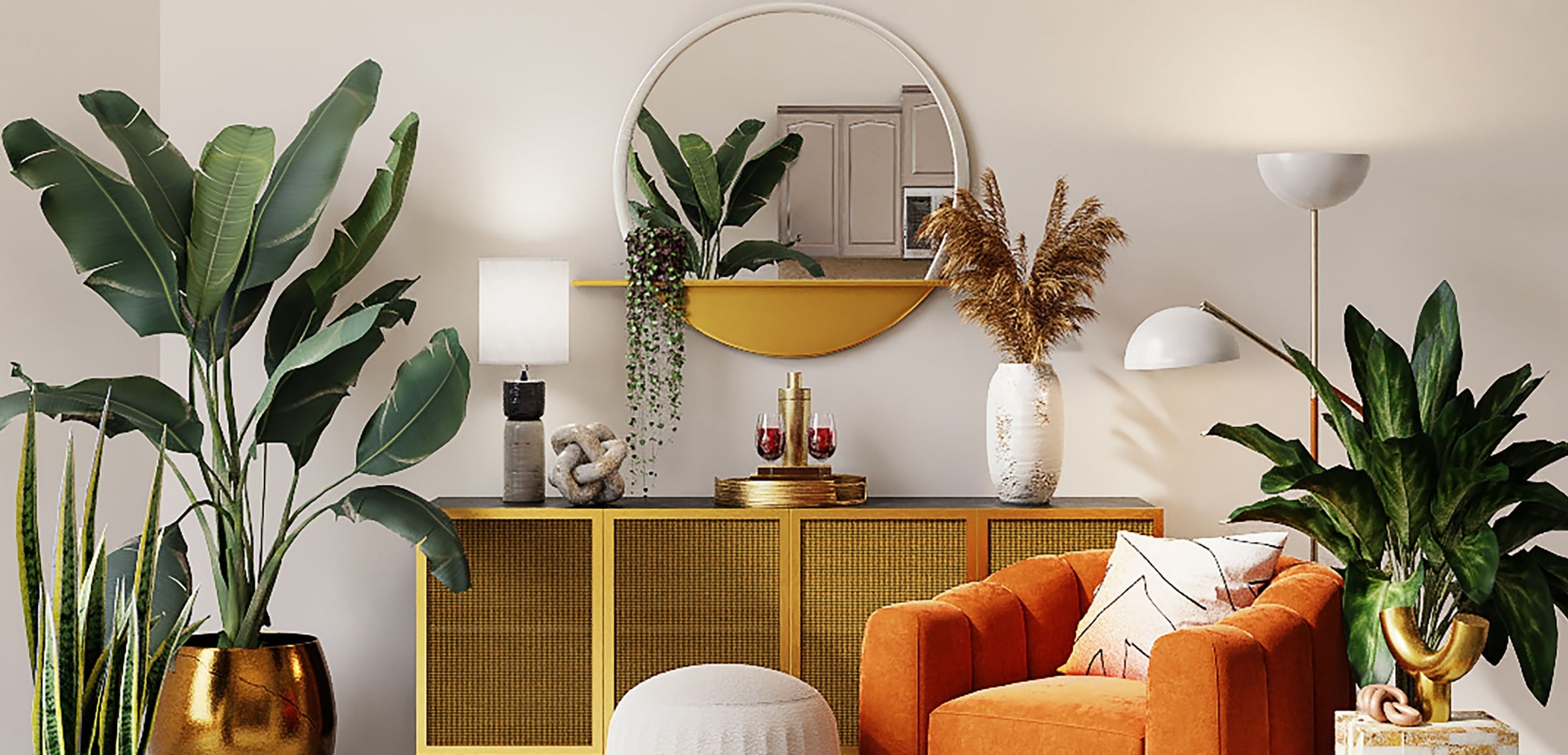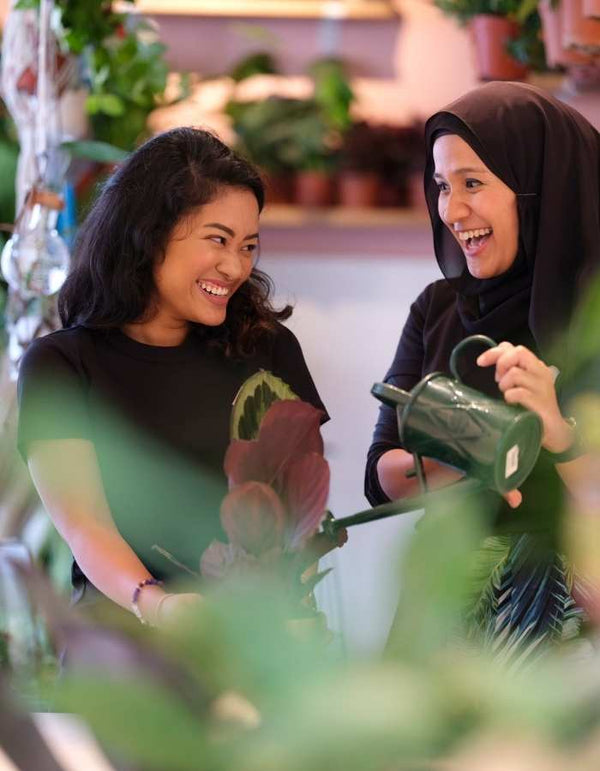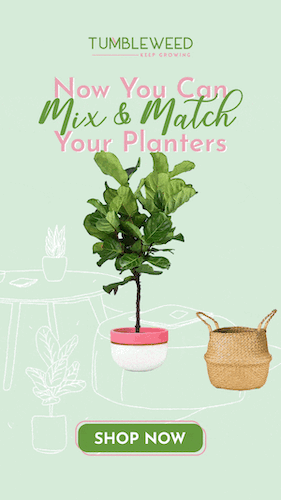
Around the world more and more people are bringing plants into their living and working spaces. It's not just a design trend. They absolutely do look great but more importantly they make you FEEL GOOD.
The health benefits have been documented including plants' ability to absorb toxins from the air, produce extra oxygen and give us mindfulness and a connection to the physical world when nurturing them. They're literally the lungs of the world.
At Tumbleweed we believe the whole world has a common interest in more people living with plants and we want to help you do that. Below we give some basic tips on caring for plants indoors.
Houseplant care
Houseplants need different care and attention than plants growing outdoors. Contrary to popular belief there's no "green fingers" gene, houseplant care is all learned through experience, practice, trial and error. Plants can thrive or die based on a whole range of variables in your home or working space, so attention to the details can be an advantage in caring for your plants. Like everything, do the work and you'll get the rewards.
Light
Broadly the most important variables are light, water and ventilation. All plant varieties need some light and natural light is the best but there is a spectrum of need; some varieties can't be exposed to strong direct sunlight for long, others need it to thrive. Some can survive on very low light and while others need strong daily filtered light to do well. Being aware of the light needs and placing your plant accordingly is the most important thing you can do to help the plant thrive.

Hydration
The most common mistakes with houseplant care come with watering but following this guidance can help you avoid them. First, understand what the plant's usual 'thirst' is. Some plants, like Peace Lillies, love to drink and will require water more often than other varieties, like succulents. Then consider the location in which you place them. Factors like proximity to strong air conditioning or strong heat will increase the usual amount of water the plant needs.
Water the plant based on the look of the plant and the feel of the soil, rather than a strict one time or two times a week schedule. If the soil feels wet to the touch, don't give any more water until it feels dry again. Many varieties will also benefit from being given water through a mister, which allows the water to be absorbed through the leaves and also helps to remove dust on the leaves. BTW, cleaning the leaves is a MUST to keep your plants looking good!
Ventilation
Another way to help avoid over hydrating plants is to ensure they have proper air-circulation. Poor ventilation can lead to fungus growth and the rise of the little white troublemakers known as mealy bugs. If the plant is usually located in an area where there is little air circulation it's a good idea to give the plant some exposure to the outside or use a fan. When mealy bugs strike, act quickly and treat them with neem oil regularly until they are gone. If the bugs aren't treated before they spread too much then it may spell the end for your plant.
and Remember..
Our final piece of advice is "DON'T STRESS"! Sometimes a plant may not do well despite you having done all the right things. We know! It's sad and frustrating but part of the fun is not knowing how they will develop and they've got just as much potential to give you a beautiful flower or new leaf when you least expected it.








